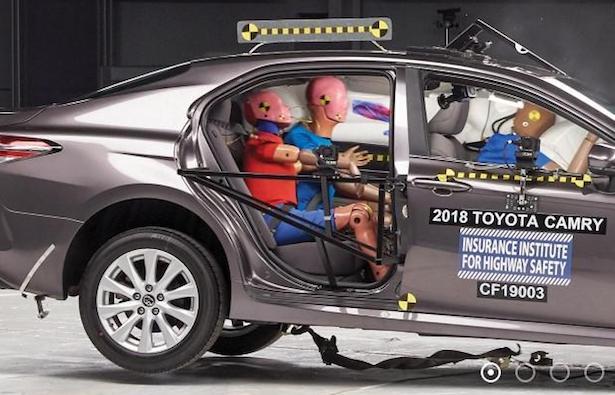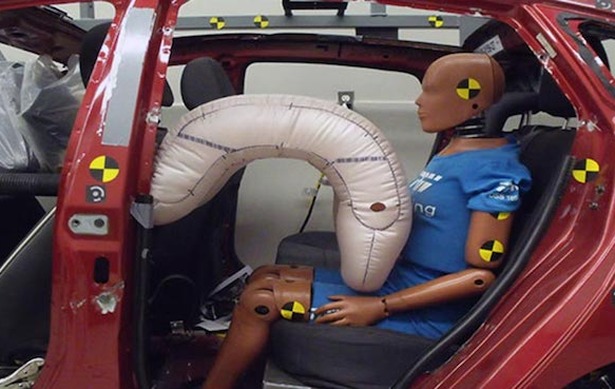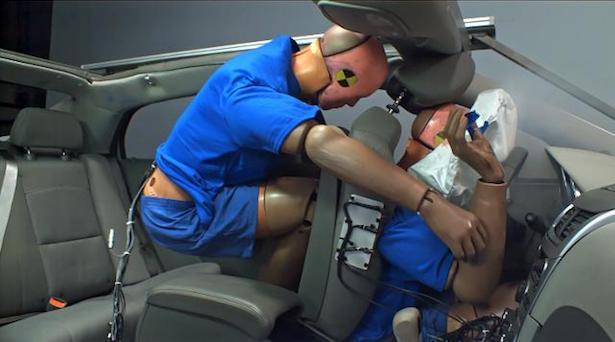Have you ever wondered why rear seat passengers (2nd and 3rd row, specifically) don't have frontal airbags? That's a very good question. There are no current standards to provide those, and automobile manufacturers don't want to spend the money if they don't have to. But, you see reports in the news that regularly point to passengers incurring injury or getting killed when front occupants receive lesser injuries and survive. Now, the Insurance Institute for Highway Safety (IIHS) has provided the results of a new study focusing on the safety of rear passengers.

A new study by the Insurance Institute for Highway Safety (IIHS) took a close look at 117 crashes that occurred in 2014 with a specific focus on injuries and deaths to rear passengers. Even with those wearing seatbelts (those who didn't fared much worse) experienced injury and death at higher rates than front occupants. It turns out that front seat occupants get the advantage here, and the industry really does focus on those in the first row as a priority.

And this makes sense since impact with a moving vehicle or other solid object can result in structural damage to the front, first and foremost. An engine can be pushed into the cabin, threatening the front seat occupants first. But they benefit from both front airbags and seatbelts, whereas rear occupants only get curtain airbags and seatbelts.
And there's more behind the seatbelt tech that plays a larger role. Front seat occupants get what's known as 'pre-tensioners', which cause the belt to tighten up when there's impact. This, combined with the front airbag prevents the driver and front passenger from colliding with structures in the car like the steering wheel and dashboard, where more injury is likely to occur.

The results of the study also showed that the type of serious injury tended to be chest injuries due to passengers impacting the front seat. And since safety features like belt pre-tensioners and force limiters aren't present in the back, that's going to continue to happen unless automakers make changes. The problem is that current crash tests aren't rated based on rear passenger safety.
IIHS documents showed chest injuries in injured rear occupants of 22 the 117 crashes, and in 17 of the 37 deaths. The IIHS stated that most of the crashes were actually deemed survivable if the right measures had been in place. Ford and Mercedes now have rear seat belt airbags, which would help in crashes, but the IIHS stated actual rear seat frontal airbags that would deploy from the ceiling or the back of the front seats would be ideal, combined with seat belt pre-tensioners. Let's hope the industry pays attention to these studies and recommendations and manufacturers start making them standard equipment in the not-too-distant future.


